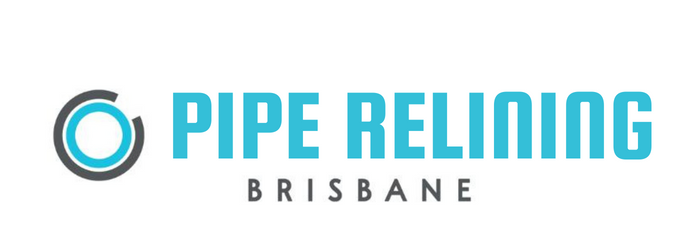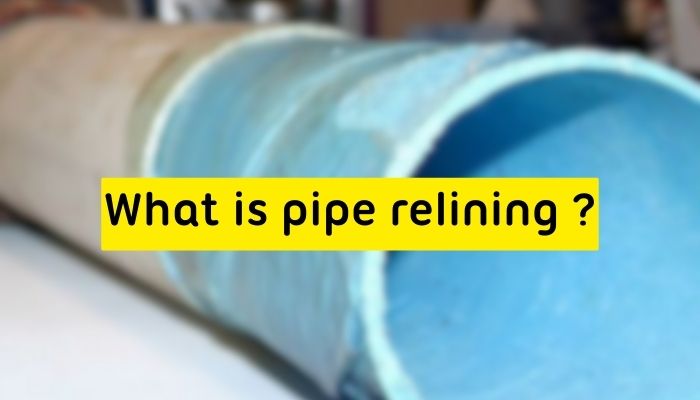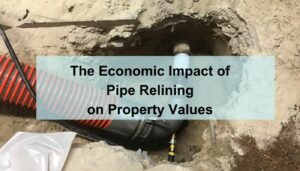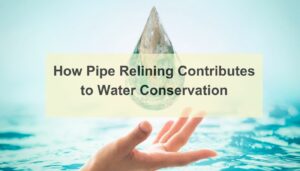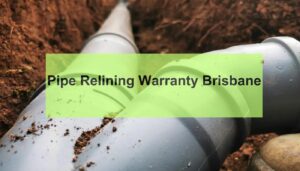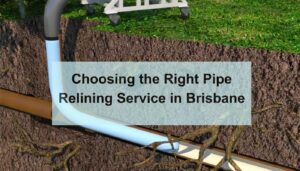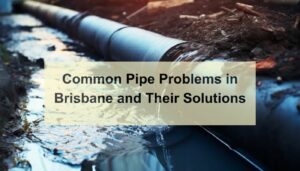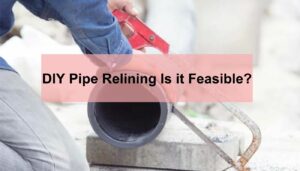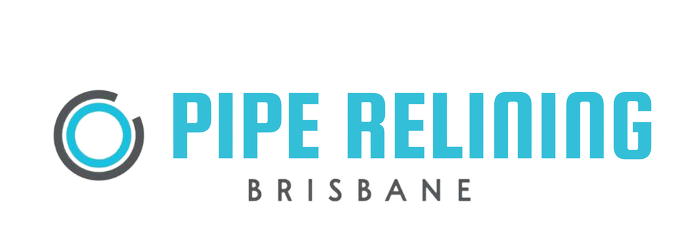Pipe relining, a revolutionary method in the field of plumbing and pipe repair, has emerged as a game-changer for both residential and commercial property owners. This technique, also known as cured-in-place pipe (CIPP) pipe relining specialists or lining up, offers a non-invasive alternative to traditional pipe repair methods. It involves creating a new, seamless pipe within the existing damaged pipe or broken pipe itself, effectively repairing it without the need for extensive excavation and disruption.
Key Takeaways
- Innovative Solution: Pipe relining is a modern, non-invasive method for repairing damaged pipes, offering an alternative to traditional excavation-based repairs.
- Versatile Applications: Suitable for residential, commercial, industrial, and municipal settings, pipe relining is adaptable to various environments and pipe types.
- Process and Materials: The process involves inspecting the damaged pipe, cleaning it, inserting a resin-impregnated liner, and curing the resin to form a new pipe within the old one. Materials used include flexible liners and different types of resins like epoxy, vinyl ester, and polyester.
- Benefits: Pipe relining offers minimal disruption, cost-effectiveness, time efficiency, durability, and improved pipe function compared to traditional methods.
- Limitations: Not suitable for pipes with severe damage or collapse, and there are considerations regarding pipe size, access, and material compatibility.
- Technological Advancements: The use of CCTV for inspection, robotic cutters for precision, and various curing technologies enhance the effectiveness of pipe relining.
The Evolution of Pipe Repair
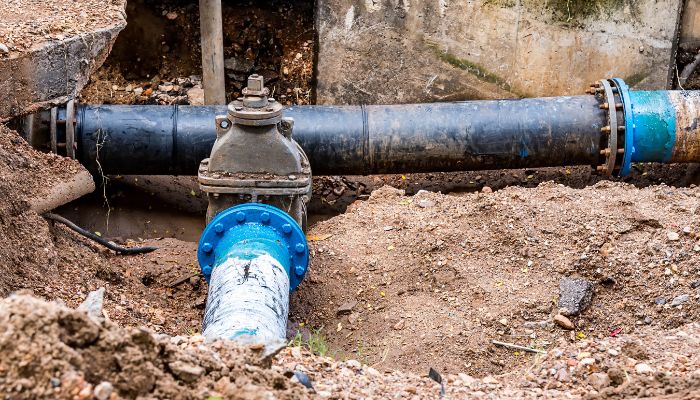
To appreciate the significance of pipe relining, it’s essential to understand the traditional methods of pipe repair. Historically, fixing either the broken or damaged pipes, collapsed pipe, damaged pipes, or broken pipes involved digging trenches to physically access and replace the affected sections of underground pipes. This process was not only time-consuming and labor-intensive but also resulted in significant property damage and disruption. Landscapes had to be excavated, walls torn down, and floors dug up, leading to additional repair costs and inconvenience.
Pipe and relining solutions have emerged as a response to these challenges, offering a less intrusive and more cost-effective solution. It’s a testament to the advancements in plumbing technology, where efficiency and minimal disruption to plumbing system are prioritized.
The Science Behind Pipe Relining
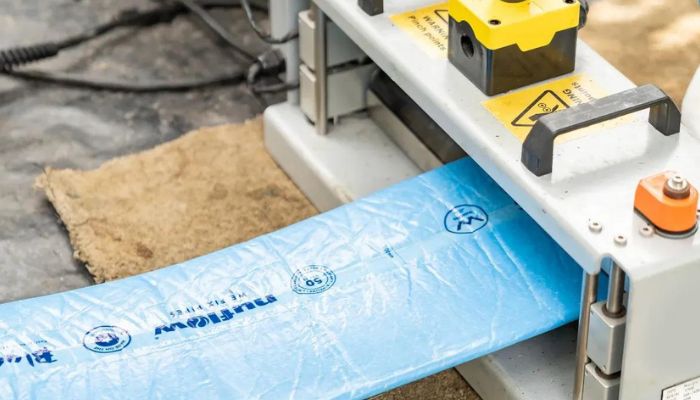
The technical process of pipe relining involves several key steps. Initially, the existing pipe is thoroughly inspected using CCTV cameras to assess the damage and plan the pipe relining costs and process. This inspection is crucial to pipe repair method as it determines the extent of damage and the specific pipe relining material, products and approach needed.
Once the inspection of sewer pipes is complete, the pipe is cleaned to remove any debris, tree roots and, or blockages from drain pipe. This cleaning is typically done using high-pressure water jets, ensuring the pipe is ready for the pipe relining work process.
The core of pipe relining involves inserting a flexible liner coated with a special resin into the damaged pipe. This liner is then inflated to adhere to the original used pipe inside the part’s interior walls, covering cracks, breaks, and other imperfections. The resin then cures over time, hardening to form a new pipe within the old one. This new pipe is durable, corrosion-resistant, and has a smooth surface that improves flow efficiency.
Advantages of Pipe Relining
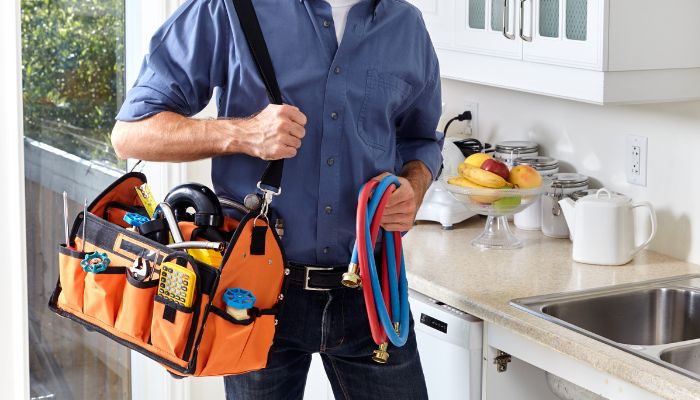
The benefits of pipe relining are numerous, making it an attractive option for the plumbing services for many. Some of the key advantages sewer the pipe relining plumbing system, include:
- Minimal Disruption: As there’s no need for extensive excavation, pipe relining causes minimal disruption to property, landscapes, and daily routines.
- Cost-Effectiveness: With reduced labor and restoration costs associated with digging and property repairs, pipe relining is often more economical than traditional methods.
- Time Efficiency: The process is generally quicker, as it eliminates the need for extensive excavation and post-repair cleanups.
- Durability: The materials used in pipe relining are highly durable and resistant to corrosion, roots, and leaks, offering a long-term solution.
- Improved Pipe Function: The smooth interior of the relined pipe reduces the likelihood of future blockages and improves overall flow efficiency.
The Detailed Process and Materials of Pipe Relining
In-Depth Look at the Pipe Relining Process
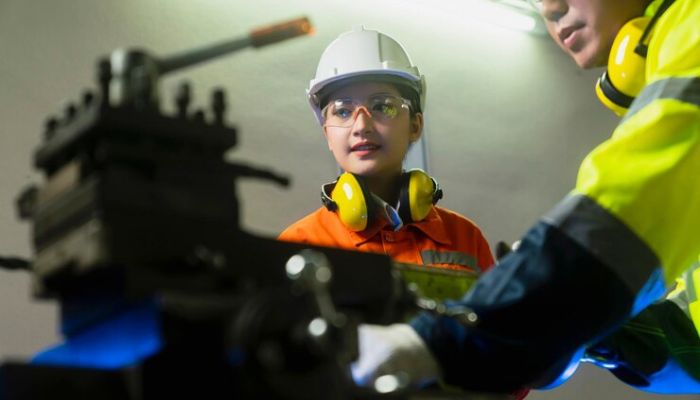
Pipe and drain relining process, while conceptually straightforward, involves a detailed and meticulous process to ensure the integrity and longevity of the repaired drain pipe. Understanding this process is crucial for appreciating the sophistication and effectiveness of this pipe repair method.
- Initial Inspection and Assessment: The first step in pipe relining is a thorough inspection of the existing pipe. Technicians use CCTV camera systems to navigate the pipe’s interior, allowing them to identify the exact location and extent of the damage. This step is critical for planning the relining process, as it determines the length of lining needed and identifies any issues that might complicate the procedure, such as severe blockages or collapses.
- Cleaning and Preparing the Pipe: Before the relining can commence, the pipe must be cleaned to remove any debris, roots, or scale that could interfere with the adhesion of the lining. High-pressure water jetting is commonly used for this purpose. This cleaning not only prepares the pipe for relining but also improves the overall flow and function of the pipe system.
- Liner and Resin Preparation: The liner, typically made of a flexible felt-like material, is cut to the required length based on the inspection findings. It is then impregnated with a specific resin, chosen based on the pipe’s material, the environment, and the nature of the damage. The resin is a crucial component, as it will harden to form the new pipe. There are different types of resins, such as epoxy, vinyl ester, and polyester, each with unique properties and applications.
- Insertion of the Liner: The resin-impregnated liner is then inserted into the damaged pipe. This can be done using various methods, including inversion (using water or air pressure to invert the liner into the pipe) or a pull-in-place system (where the liner is pulled into position). The method chosen depends on the pipe’s condition, layout, and accessibility.
- Curing the Resin: Once the liner is correctly positioned, the resin needs to cure to form a solid, robust pipe within the old pipe. The curing can be done at ambient temperatures or accelerated using hot water, steam, or UV light, depending on the resin type. This step is critical, as it determines the strength and durability of the relined pipe.
- Final Inspection and Quality Check: After the resin has cured, a final inspection is conducted, usually with a CCTV camera, to ensure the liner has adhered properly and that there are no defects in the new pipe. This quality control step is essential to guarantee the effectiveness of the relining.
Materials Used in Pipe Relining
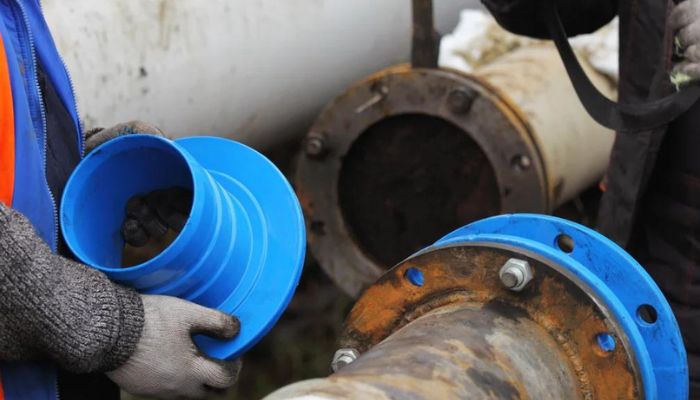
The materials used in original pipe drain relining specialists are chosen for their durability, flexibility, and compatibility with various pipe materials. The two main components of original pipe drain relining are the liner and the resin.
- Liner Material: The liner is typically made from a flexible, felt-like fabric. It’s designed to be impregnated with resin and then expand to fit the contours of the existing pipe. The liner material must be strong enough to withstand the pressures of installation and curing, yet flexible enough to navigate through bends and turns in the pipe.
- Resin Types: The choice of resin is critical in the pipe relining process. Resins must be able to bond with the existing pipe material and withstand environmental factors like temperature, chemical exposure, and water pressure. Common resin types include:
- Epoxy Resin: Known for its strength and chemical resistance, epoxy resin is widely used for potable water pipes and sewer lines.
- Vinyl Ester Resin: This resin offers excellent resistance to acids and other corrosive substances, making it suitable for industrial applications.
- Polyester Resin: A more cost-effective option, polyester resin is used in less demanding environments and is known for its quick curing time.
The Role of Technology in Pipe Relining
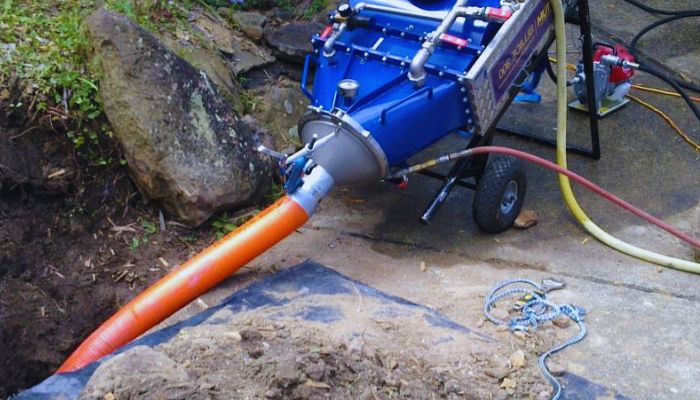
Advancements in technology have significantly enhanced the sewer pipe lining and relining process. CCTV camera systems provide high-resolution images for accurate assessments. Robotic cutters are used to reopen lateral connections after the sewer pipe liner is cured. And various curing technologies, like UV light systems, offer faster and more efficient curing of the resin.
Applications and Limitations of Pipe Relining
Broad Applications of Pipe Relining
Pipe relining has a wide range of applications, making it a versatile solution for various piping issues. Its adaptability to different environments and pipe types is one of its most significant advantages.
- Residential Applications: In homes, pipe relining is often used to repair pipes damaged by tree roots, corrosion, or age. It’s particularly beneficial for older homes where pipe systems are delicate and excavation could cause significant damage to the property.
- Commercial and Municipal Use: For larger scale operations like commercial buildings, hospitals, schools, and municipal sewer lines, pipe relining offers a quick and non-disruptive way to address pipe failures. It’s especially useful in urban areas where excavation could disrupt traffic and business operations.
- Industrial Applications: In industrial settings, where pipes may carry chemicals or other corrosive substances, the chemical-resistant properties of certain relining materials make this method ideal for repairing and strengthening existing pipe systems.
- Specialized Situations: Pipe relining is also applicable in challenging environments like underwater pipes, pipes running beneath buildings, or in areas where traditional excavation is impractical or too costly.
Limitations and Considerations
While pipe relining is a highly effective method for pipe repair, it’s not a one-size-fits-all solution for sewer pipes. There are certain limitations and considerations to the whole relining solution for sewer pipes that specialists keep in mind:
- Extent of Damage: Severely collapsed or heavily damaged pipes may not be suitable for relining. In cases where the structural integrity of the pipe is completely compromised, replacement might be the only option.
- Pipe Size and Access: The technique is most effective on pipes with diameters ranging from a few inches to several feet. Extremely small or large pipes may present challenges. Additionally, access points are needed to insert the lining material, which might not be available in all situations.
- Cost Considerations: While generally more cost-effective than traditional methods in the long term, the initial investment in pipe relining can be higher due to the specialized equipment and materials required.
- Material Compatibility: The existing pipe material and the condition of the pipe can affect the choice of lining materials and methods. Not all pipes are suitable for all types of lining materials.
Conclusion
Pipe and sewer pipe relining is a modern, efficient, and versatile method for repairing damaged pipes. Its ability to provide a long-lasting solution with minimal disruption makes it an attractive option for a wide range of applications. However, it’s important to consider the specific circumstances of each repair job, including the extent of damage, pipe size, and access point, and cost, to determine if either pipe replacement or pipe relining service is the most suitable approach.
By understanding both the capabilities and limitations of the pipe relining technology, property owners, municipal authorities, and industrial managers can make informed decisions about their pipe relined pipes repair needs. As technology continues to advance, the scope and effectiveness of pipe relining solutions are likely to expand, offering even more robust solutions for pipe relining works maintenance and repair in the future.
Q&A Section
Q1: Can pipe relining be used for all types of pipes? A1: Pipe relining is versatile but not universal. It’s effective for many types of pipes, but compatibility depends on the pipe’s material, size, and the extent of damage. Severely collapsed pipes may not be suitable for pipe relining products.
Q2: How long does the relined pipe last? A2: The lifespan of the pipe inside a relined pipe can vary based on the materials used and the environment, but generally, relined pipes can last for several decades, with some materials offering a lifespan of up to 50 years or more.
Q3: Is pipe relining more expensive than traditional pipe replacement? A3: The initial cost of pipe relining can be higher due to specialized equipment and materials. However, it often becomes more cost-effective in the long run due to reduced labor costs and minimal need for property restoration.
Q4: How long does the pipe relining process take? A4: The duration of the pipe relining process depends on the extent of damage to broken pipes, length of pipe being relined, and curing time of the resin. However, it is generally faster than traditional methods, often completed within a day.
Q5: Can pipe relining fix all types of pipe damage? A5: Pipe relining is effective for repairing cracks, leaks, and blockages underground pipes. However, it may not be suitable for pipes that are severely misshapen or collapsed.
Q6: Is the relined pipe as strong as a new pipe? A6: Yes, in many cases, the relined pipe can be as strong or even stronger than a new pipe. The new pipe lining also adds structural strength and is resistant to corrosion and root intrusion.
Q7: Does pipe relining require digging up my yard or property? A7: One of the main advantages of the pipe relining technology is that it requires little to no excavation, so your yard or property remains largely undisturbed during the process.
